Deleting Ransomware-FTD!11363B4CAD63 In Simple Steps
Have a look at Ransomware-FTD!11363B4CAD63 related similar infections| Spyware | FinFisher, MySpaceIM Monitor Sniffer, BitDownload, SurfPlayer, Backdoor.Win32.IRCNite.c, DLSearchBar, RealAV, VirusGarde, RaptorDefence, HelpExpress, IMMonitor |
| Browser Hijacker | downldboost.com, Asecuritynotice.com, TornTV Hijacker, Tumri.net, Alloversafety.com, Ave99.com, Websearch.a-searchpage.info, Somedavinciserver.com, CoolWebSearch.mssearch, Antivirus2009-Scanner.com, GSHP |
| Adware | Vapsup.ctb, DownloadCoach, Isearch.A, BrowserModifier.Xupiter, Flingstone Bridge, Mirar, SpyContra, ClientMan, Adware.AdBand, Cydoor, AceNotes Free |
| Ransomware | Dr Jimbo Ransomware, Recuperadados@protonmail.com Ransomware, M4N1F3STO Virus Lockscreen, Crysis Ransomware, EdgeLocker Ransomware, HappyLocker Ransowmare, SZFLocker Ransomware, Cyber Command of [State Name]rsquo; Ransomware, FileLocker Ransomware, GOOPIC Ransomware, VindowsLocker Ransomware, MadLocker Ransomware, Nhtnwcuf Ransomware, Bitcoinpay@india.com Ransomware |
| Trojan | Trojan.Tikuffed.CI, Rebooter Trojan, New Malware.y, Trojan.Vundo.gen!C, Wintrim.gen!J, Trojan.Startpage.SI, VBInject.gen!CH, Nenebra.A, I-Worm.Homepage, Loser Trojan, Colowned.A |
Do Away With Ransomware-FTD!11363B4CAD63 Possible Steps For
A threat like Ransomware-FTD!11363B4CAD63 damage the whole Operating System and make other install program unresponsive. This threat is very risky for the all Windows version including the newly released Windows 10 Operating System. The malicious mind behind the creation of this Ransomware-FTD!11363B4CAD63 threat is used to hamper more and to steal useful resource from the infected Operating System. On every web browser there is option to save password, this is done for the user convenience. The hacker will attack on those web browser, mainly on the default one to collect those saved password. It can be off your social account, email, or even on banks.
Which is the reason you must Get Rid Of Ransomware-FTD!11363B4CAD63 virus from your infected Operating System. Moreover this threat will compromise the security program of the infected Operating System, which allow other harmful threat to enter. As the Operating System is already infected with Ransomware-FTD!11363B4CAD63, therefore the other threat will surely damage all the functionality of your Operating System. Which is why you must need to Get Rid Of it.
Step 1 : Get Rid Of Ransomware-FTD!11363B4CAD63 From Web Browser
Step 2 : Reset Your Browser Settings To Get Rid Of Ransomware-FTD!11363B4CAD63
Step 3 : Get Rid Of Ransomware-FTD!11363B4CAD63 From Task Manager
Step 4 : Get Rid Of Ransomware-FTD!11363B4CAD63 From Registry Editor
Step 5 : Get Rid Of Ransomware-FTD!11363B4CAD63 Through Control Panel
Step 6 : Start Your PC in Safe Mode With Networking To Get Rid Of Ransomware-FTD!11363B4CAD63
Step 1 : Get Rid Of Ransomware-FTD!11363B4CAD63 From Web Browser
Get Rid Of From Google Chrome
- To open Menu click on 3 Horizontal icon top right corner of Chrome Browser.
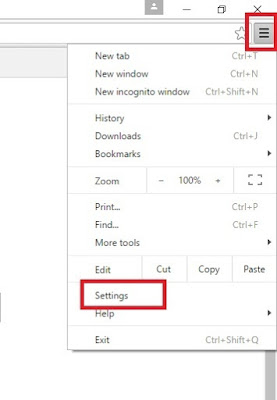
- A drop Down list will open >> select the Settings/ Extension option.
- If Settings panel get open >> then click on Extension Tab.

- If Extension Windows will be open select the malicious extension from the list.
- Then finally click Trash / Recycle icon to Get Rid Of Ransomware-FTD!11363B4CAD63 from Google Chrome.
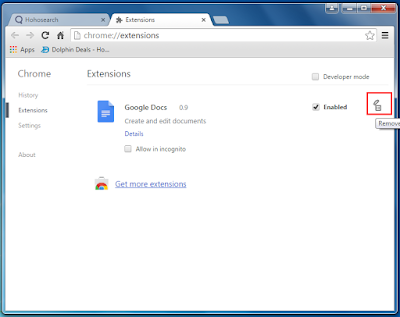
Get Rid Of From Internet Explorer
- Select the Tools button from Internet Explorer.
- On the Tools section select Manage add-ons.
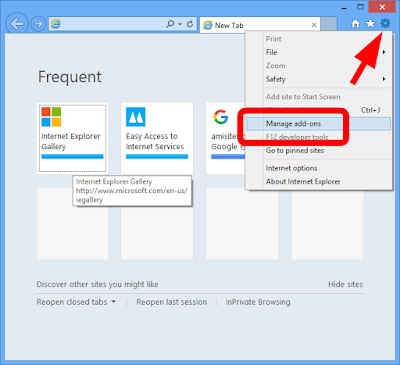
- From the Add-ons list, select the add-on you want to turn off/remove.
- The Select Disable option .
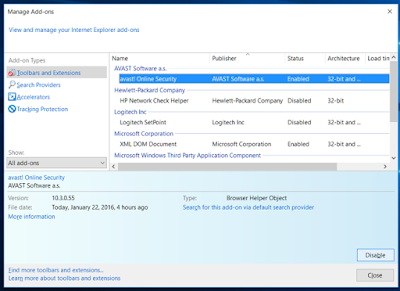
- Now Finally Restart The Internet Explorer to Get Rid Of Ransomware-FTD!11363B4CAD63.
Get Rid Of From Mozilla Firefox
- Click Menu Button then choose Add-ons.
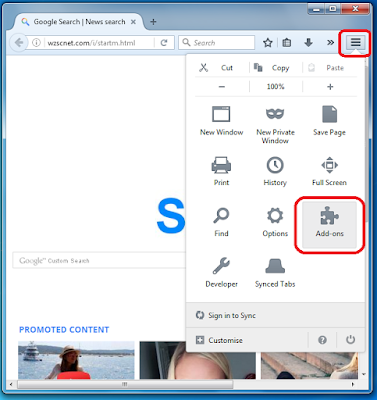
- Now the Add-ons Manager Tab will open.
- Here you need to select the Extensions or Appearance panel.
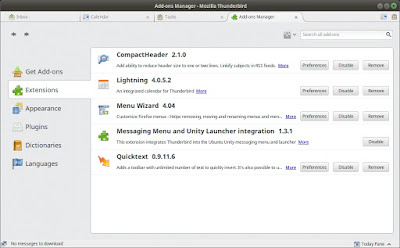
- Then simply select the add-on from list you wish to remove.
- Now click on the Get Rid Of button.

- Finally Restart the Mozilla Browser to Get Rid Of Ransomware-FTD!11363B4CAD63.
Get Rid Of From Microsoft Edge
- Select More option to open the menu on Microsoft Edge.
- Then select Extensions from the Menu drop down list.
- On the Extension right-click on it to Get Rid Of.

- Now click the Remove button.
- Finally Restart the Microsoft Edge Browser to Get Rid Of Ransomware-FTD!11363B4CAD63.
Reset Google Chrome
- Click on Menu from right corner of Chrome Browser.
- A drop list will appear, select Settings from here.

- When Settings panel will appear >> go to search box.
- On Search Box type RESET.
- Click the Reset button when confirmation Pop-up Windows will appear.

- This will Get Rid Of Ransomware-FTD!11363B4CAD63 from Google Chrome Browser.
Reset Microsoft Edge
- Click the three horizontal dots to open the Settings menu.
- Then choose Settings option from here.
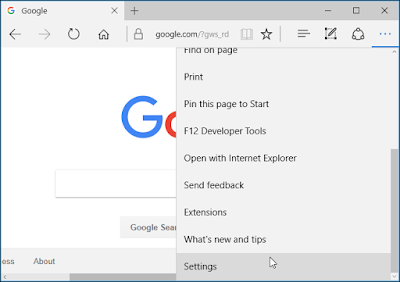
- Then under Settings section click on Clear Browsing Data.
- Here click on Choose what to clear >> then click Show more.
- Select all and click Clear.

- Restart your Microsoft Edge to Get Rid Of Ransomware-FTD!11363B4CAD63.
Reset Internet Explorer
- Click on Tools menu and select Internet Option.
- Click on Advance tab and then hit the Reset button.

- Find Delete Personal Settings option and press Reset Button.
- Restart your Internet Explorer to Get Rid Of Ransomware-FTD!11363B4CAD63.

Reset Mozilla Firefox
- On Mozilla Firefox click Menu option and then press Help option.
- Select Troubleshooting Information option.

- On this panel click on Refresh Firefox button.
- Press Refresh Firefox to complete the process.
<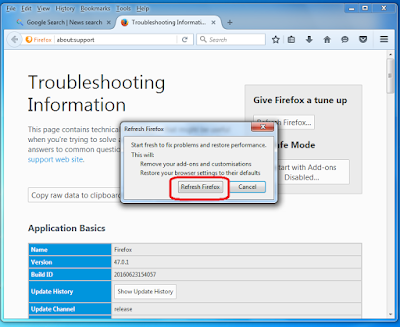

- This will Get Rid Of Ransomware-FTD!11363B4CAD63 from Mozilla Firefox.
- Right-click on task Bar and select Task Manager.
- Press ALT+Ctrl+Del buttons to open Task Manager.
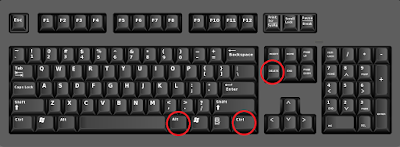
- When Task Manager will open select the Malicious Task.
- From here click on End Task button to Get Rid Of Ransomware-FTD!11363B4CAD63.

- Press Win + R keys together to open Run Command.
- Type regedit and click OK or Hit Enter.

- Find and Get Rid Of all related registry files of Ransomware-FTD!11363B4CAD63.
- HKEY_LOCAL_MACHINESYSTEMCurrentControlSetServicesWpm
- HKEY_CURRENT_USERSoftwareMicrosoftInternet ExplorerMain “Default_Page_URL”
- HKEY_LOCAL_Machine\Software\Classes\[name]
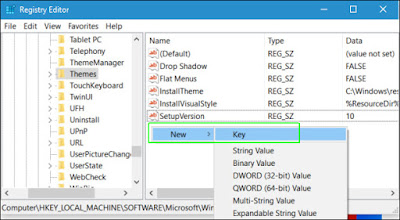
Get Rid Of Ransomware-FTD!11363B4CAD63 From Windows XP
- Click on Start menu and select Control Panel.
- Now press on Add or Remove programs option.
- Find and Get Rid Of unwanted program from your PC.
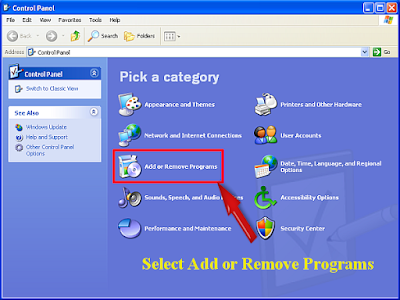
- Then Restart your PC to Get Rid Of Ransomware-FTD!11363B4CAD63.
Get Rid Of Ransomware-FTD!11363B4CAD63 From Windows 10
- Click on Start then select Settings option.
- From Settings section choose System option there.

- The click on Apps and Features option.
- Here select the unwanted program and remove from your PC.

- Restart your PC to Get Rid Of Ransomware-FTD!11363B4CAD63.
Get Rid Of Ransomware-FTD!11363B4CAD63 From Windows 8
- Press Win+R button to open Run Box on your computer.
- Type control panel in Run window and hit Enter button to open Control Panel.
- Click Uninstall a program.
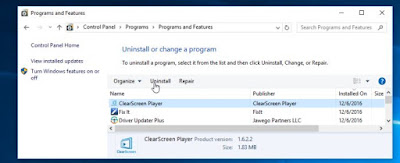
- From this Windows Right-click on Ransomware-FTD!11363B4CAD63 to remove it.
- Restart your PC to Get Rid Of Ransomware-FTD!11363B4CAD63.
Get Rid Of Ransomware-FTD!11363B4CAD63 From Windows 7
- Select Control Panel Option from Start menu.
- Select Uninstall A Programs option from the Programs menu.
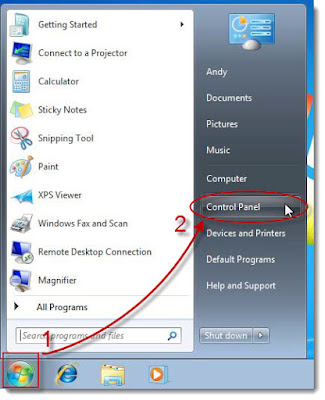
- Finally select and Get Rid Of unwanted program from your system.
- Then restart your PC to Get Rid Of Ransomware-FTD!11363B4CAD63.
Start Windows XP/Vista/7 In Safe Mode To Get Rid Of Ransomware-FTD!11363B4CAD63
- To Restart >> Click on Start menu >> select Restart button.
- Continue press F8 button until you don't see the Advance Boot Option.

- On Advance boot menu >> select Safe Mode With Networking Option.
- The press Enter button.

Start Windows 8/10 In Safe Mode To Get Rid Of Ransomware-FTD!11363B4CAD63
- To Restart >> Click on Start menu >> press Shift key and the hit Restart button.
- Now as the screen show >> select Troubleshoot option.
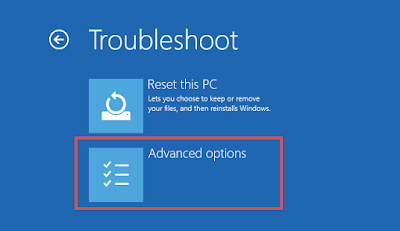
- On the next panel you need to click on Advanced Options.
- The again on new section choose Startup Settings option.

- From here select Enable Safe Mode option and the click Restart button.


No comments:
Post a Comment